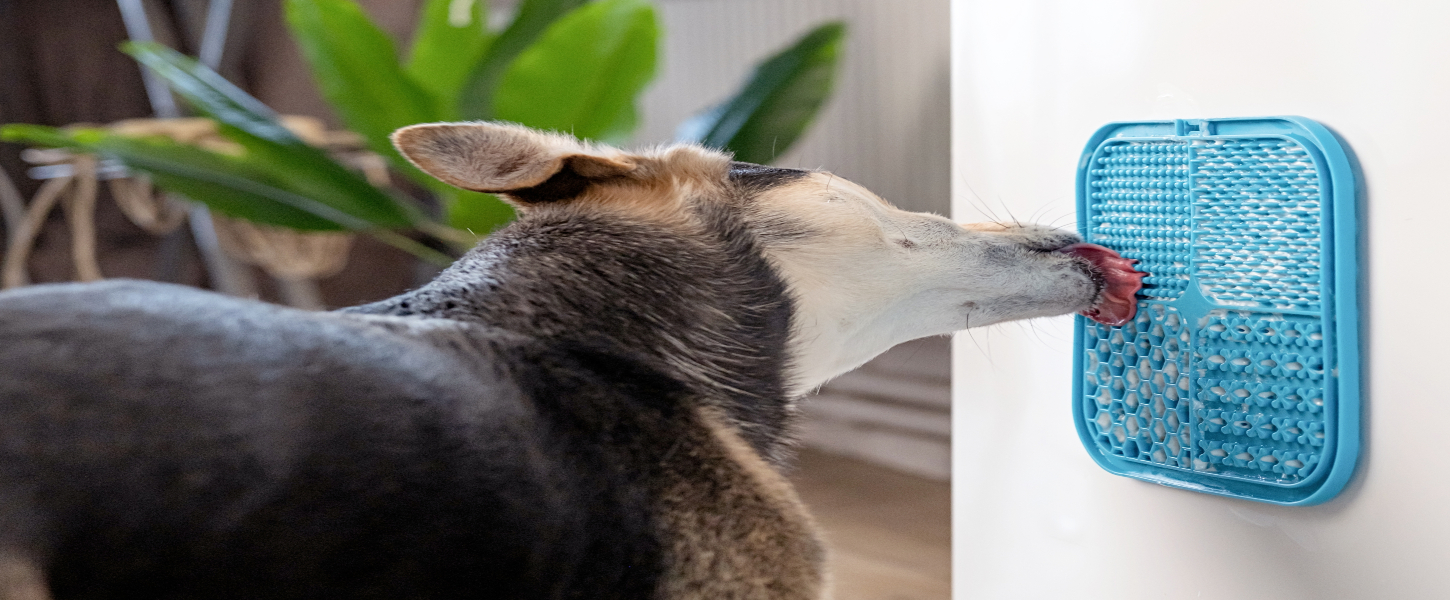The Rise of Dog Slow Feeders: Rethinking the Traditional Dog Bowl
February 26, 2024 | By David Jackson
In recent years, pet care innovations have transformed how we feed our furry friends, and one such revolution is the emergence of dog slow feeders. This article delves into what dog slow feeders are, their benefits, and why they might be replacing traditional dog bowls in many households.

What is a Dog Slow Feeder?
A dog slow feeder is a specially designed feeding bowl that creates a small obstacle course for your dog's food. Unlike a standard bowl where food is easily accessible, \slow feeders have rid>?ges, mazes, or puzzles built into them. These designs compel dogs to eat more slowly, turning mealtime into a stimulating brain game.
Benefits of Dog Slow Feeders
- Promotes Healthy Eating Habits: Slow feeders prevent dogs from gobbling up their food too quickly, a behaviour known as 'speed eating.' Eating too fast can lead to issues like choking, bloating, and indigestion. By slowing down the eating process, these feeders promote better digestion and nutrient absorption.

- Enhances Mental Stimulation: The puzzles and mazes in slow feeders challenge a dog's mind, turning mealtime into a mentally engaging activity. This cognitive stimulation is particularly beneficial for highly energetic or bored dogs.
- Weight Management: By controlling the eating pace, slow feeders can help prevent overeating, aiding in weight management for dogs prone to obesity.
- Entertainment and Satisfaction: For dogs, the act of foraging for food can be inherently satisfying. Slow feeders tap into this instinctual behaviour, making meals more rewarding and enjoyable.
- Reduces Stress and Anxiety: Engaging with a slow feeder can be a stress-relieving activity for anxious dogs, providing a constructive outlet for their energy.
Optimal Food Types for Slow Feeders
The effectiveness of a slow feeder is not only in its design but also in the type of food you use. Here's a look at the best types of food to maximise the benefits of a slow feeder:
- Dry Kibble: The most common type of food used in slow feeders is dry kibble. The size and shape of kibble pieces make them ideal for getting caught in the grooves and mazes of the feeder, slowing down the eating process.
- Wet Food Considerations: While less common, wet food can also be used in certain types of slow feeders. It's important to choose a feeder with deeper grooves or compartments that can hold wet food effectively. Using wet food can add an extra layer of challenge, as dogs have to lick and scoop out the food.

- Combination Meals: For a varied diet, you can mix dry and wet food. This not only slows down the eating process but also provides different textures and flavours, making mealtime more engaging for your dog.
- Healthy Treats and Veggies: Incorporating healthy treats like small pieces of lean meat or vegetables (such as carrots or green beans) into the slow feeder can enhance the nutritional value and appeal of meals. Make sure any treats used are safe for dogs and suitable for their dietary needs.
- Freeze-Dried or Dehydrated Foods: These can also be used in slow feeders. They're typically lighter and smaller, which can increase the difficulty level as dogs work to get them out of the feeder's nooks and crannies.
- Frozen Foods for Hot Days: In warm weather, filling a slow feeder with frozen broth or a mixture of wet food and water, then freezing it, can provide a refreshing and time-consuming treat for your dog.
Be sure to use our Dog Food Directory, to search for and compare the best foods available to use in your dogs slow feeder.
Where to Find Dog Slow Feeders
Dog slow feeders are widely available and come in various shapes, sizes, and complexities. You can find them at:
- Pet Supply Stores: Most pet stores carry a range of slow feeders, allowing you to choose one that suits your dog's size and eating style.
- Online Retailers: A quick google search will load up hundreds of results on where you can buy a slow feeder for your dog.
- Specialty Pet Shops: Some specialty stores offer custom-designed slow feeders, which can be beneficial for dogs with specific needs or preferences.
The Future of Dog Feeding
As we become more attuned to the health and wellness needs of our pets, traditional dog bowls may increasingly take a backseat to more innovative feeding solutions like slow feeders. These feeders not only address physical health concerns but also cater to the mental well-being of our canine companions.
In conclusion, dog slow feeders represent a significant leap in pet care, offering a holistic approach to feeding. They are not just feeding tools but also instruments of health, entertainment, and mental stimulation for our dogs. With their growing popularity and clear benefits, slow feeders are fast becoming an essential item for dog owners looking to enhance their pets' quality of life.
|